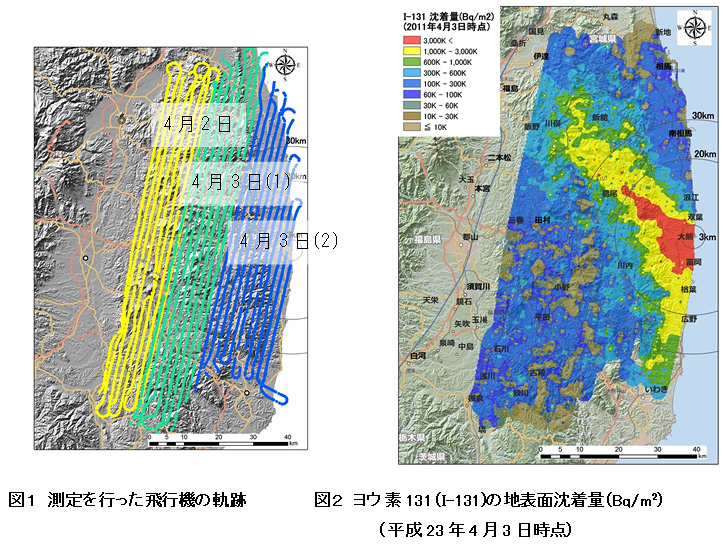At this point, who hasn't been spied on by NSA?
The newspaper says it has seen part of secret documents obtained by Edward Snowden.
From Spiegel Online International (6/29/2013; emphasis is mine):
Attacks from America: NSA Spied on European Union Offices
By Laura Poitras, Marcel Rosenbach, Fidelius Schmid and Holger Stark
America's NSA intelligence service allegedly targeted the European Union with its spying activities. According to SPIEGEL information, the US placed bugs in the EU representation in Washington and infiltrated its computer network. Cyber attacks were also perpetrated against Brussels in New York and Washington.
Information obtained by SPIEGEL shows that America's National Security Agency (NSA) not only conducted online surveillance of European citizens, but also appears to have specifically targeted buildings housing European Union institutions. The information appears in secret documents obtained by whistleblower Edward Snowden that SPIEGEL has in part seen. A "top secret" 2010 document describes how the secret service attacked the EU's diplomatic representation in Washington.
The document suggests that in addition to installing bugs in the building in downtown Washington, DC, the EU representation's computer network was also infiltrated. In this way, the Americans were able to access discussions in EU rooms as well as emails and internal documents on computers.
The attacks on EU institutions show yet another level in the broad scope of the NSA's spying activities. For weeks now, new details about Prism and other surveillance programs have been emerging that had been compiled by whistleblower Snowden. Details have also emerged that the British intelligence service GCHQ operates a similar program under the name Tempora with which global telephone and Internet connections are monitored.
The documents SPIEGEL has seen indicate that the EU representation to the United Nations was attacked in a manner similar to the way surveillance was conducted against its offices in Washington. An NSU document dated September 2010 explicitly names the Europeans as a "location target"
The documents also indicate the US intelligence service was responsible for an electronic eavesdropping operation in Brussels. A little over five years ago, EU security experts noticed several telephone calls that were apparently targeting the remote maintenance system in the Justus Lipsius Building where the EU Council of Ministers and the European Council is located. The calls were made to numbers that were very close to the one used for the remote administration of the building's telephone system.
Security officials managed to track the calls to NATO headquarters in the Brussels suburb of Evere. A precise analysis showed that the attacks on the telecommunications system had originated from a building complex separated from the rest of the NATO headquarters that is used by NSA experts.
A review of the remote maintenance system showed that it had been called and reached several times from precisely that NATO complex. Every EU member state has rooms in the Justus Lipsius Building that can be used by EU ministers. They also have telephone and Internet connections at their disposal.
Naturally, European officials are not too happy. From Allvoices.com:
US officials have yet to comment but the European Parliament chief Martin Schulz said that more information was needed , but if the charges of spying were confirmed, it would be a huge scandal. Schultz said in statement: "On behalf of the European Parliament, I demand full clarification and require further information speedily from the US authorities with regard to these allegations" The Foreign Minister of Luxembourg said that it the reports are true it is disgusting. "The United States would be better off monitoring its secret services rather than its allies. We must get a guarantee from the very highest level now that this stops immediately."
I agree with the Luxembourg minister.
As to Mr. Snowden, he is apparently still stranded inside the airport in Moscow, as Ecuador President Corea revoked his transit papers to Ecuador where he seeks asylum. Apparently, President Corea's ego is bruised as Wikileaks' Assange is seen to be running the show.
President Obama's newly appointed National Security Advisor Susan Rice (the same one who was sent out to lie about Benghazi on Sunday talk shows right after the attack) says NSA leaks are not significant, and they haven't weakened her boss one bit.
President Obama and his family and friends are on a 100-million-dollar tour of Africa right now. No sign of weakness as far as the dollar amount shows.









 Tokyo Time
Tokyo Time
![[Most Recent Quotes from www.kitco.com]](http://www.kitconet.com/charts/metals/gold/t24_au_en_usoz_2.gif)

